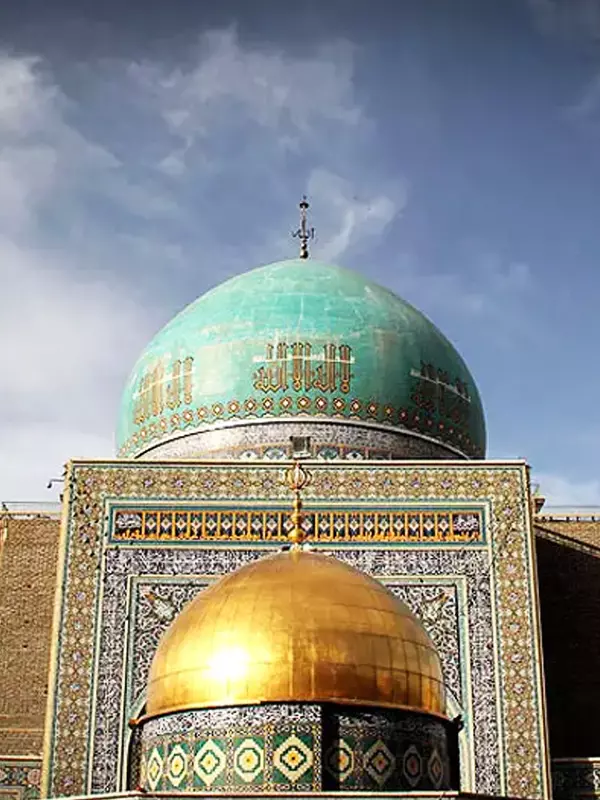
mashhad history
Mashhad city, located in northeastern Iran, is one of the country's most important and historically significant cities. Its history dates back thousands of years and is deeply intertwined with various civilizations and empires that have ruled the region.
Ancient History: The region of Mashhad city has been inhabited since ancient times. It was once known as Sanabad, and during the pre-Islamic era, it was a part of the ancient Parthian and Sassanian empires. The city was strategically located along the ancient Silk Road, which contributed to its importance as a trading hub and cultural center.
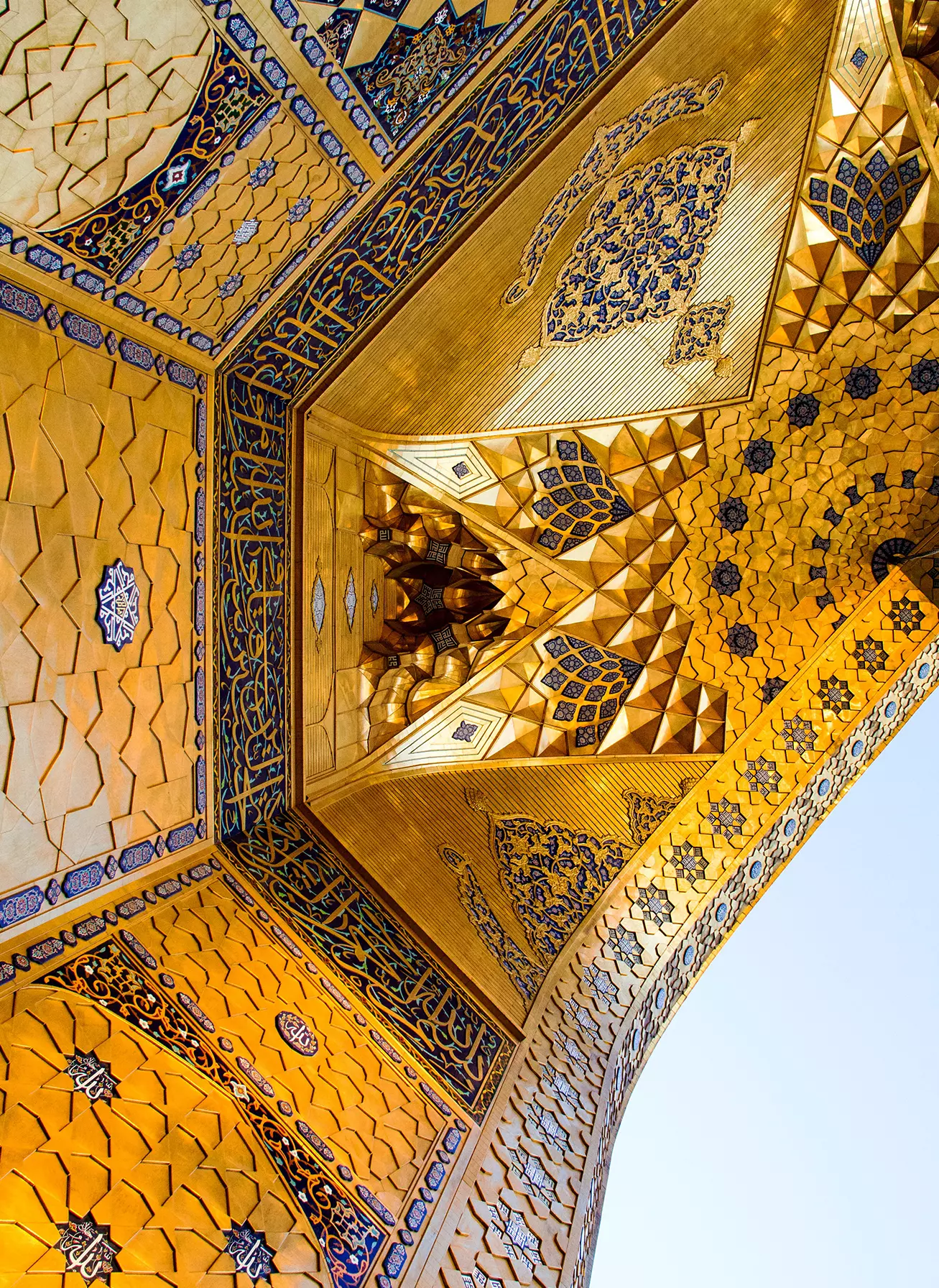
Islamic History: Mashhad’s history took a significant turn with the arrival of Islam in the 7th century. It is believed that the city was visited by the eighth Shi’a Imam, Imam Ali al-Ridha, in 818 AD, and he was buried there after his death. His shrine, known as the Imam Reza Shrine, is one of the holiest sites in Shia Islam and has since become a major pilgrimage destination for millions of Muslims from around the world.
Throughout the Islamic era, Mashhad city continued to grow in importance due to its religious significance and strategic location. It was often a battleground during various conflicts and political struggles among different Muslim dynasties and empires.
Medieval Period: In the medieval period, Mashhad was ruled by various dynasties, including the Seljuks and the Mongols. The city experienced both prosperity and destruction during this time. The Mongol invasion in the 13th century led to significant damage, but the city was later rebuilt and regained its prominence.
Safavid Era: One of the most critical periods in Mashhad’s history was during the Safavid dynasty (1501-1722). The Safavids, who established Shia Islam as the state religion, patronized the Imam Reza Shrine and invested in the city’s development. Mashhad city became an important religious and cultural center, attracting scholars, artists, and pilgrims from across the Islamic world.
Modern Era: During the Qajar dynasty (1789-1925), Mashhad continued to prosper, and many of its historical landmarks and religious buildings were renovated and expanded. The city played a role in the Constitutional Revolution of Iran in the early 20th century, which led to the establishment of Iran’s first parliament in 1906.
Contemporary Times: In modern times, Mashhad has grown into a bustling metropolis and the second-largest city in Iran, after Tehran. Its economy is driven by industries such as textiles, carpets, agriculture, and tourism, primarily due to the Imam Reza Shrine and its status as a major pilgrimage site.
Today, Mashhad city remains an essential center of Shia culture and learning, attracting millions of pilgrims and visitors every year. Its rich history, architectural heritage, and religious significance continue to make it a significant city in Iran and the wider Islamic world.
mashhad weather
Mashhad, located in northeastern Iran, experiences a continental climate, characterized by hot summers and cold winters. Here’s a general breakdown of the weather in Mashhad throughout the year:
- Spring (March to May): Spring is a pleasant time to visit Mashhad. The weather starts to warm up, and temperatures become milder compared to the winter months. Daytime temperatures typically range from 15°C to 25°C (59°F to 77°F), making it a comfortable season for outdoor activities and sightseeing.
- Summer (June to August): Summer in Mashhad city can be quite hot, with daytime temperatures often soaring above 30°C (86°F) and occasionally reaching the mid-30s Celsius (over 90°F). The city experiences low humidity during this period, which can make the heat feel more tolerable. However, if you visit during the summer, be prepared for warm conditions and consider staying hydrated and seeking shade during the hottest parts of the day.
- Autumn (September to November): Autumn is another favorable time to visit Mashhad. The weather starts to cool down gradually, and the temperatures become more comfortable. Daytime temperatures usually range from 15°C to 25°C (59°F to 77°F) during this season. The fall foliage in nearby parks and gardens adds to the charm of the city.
- Winter (December to February): Winter in Mashhad can be cold, with temperatures dropping to around freezing or below. Daytime temperatures typically range from 5°C to 10°C (41°F to 50°F), while nighttime temperatures can go even lower. Snowfall is not uncommon during the winter months, making the city an appealing destination for winter enthusiasts.
Overall, the best time to visit Mashhad city would be during spring and autumn when the weather is mild and comfortable for outdoor activities and sightseeing. If you prefer warm weather, consider visiting during the shoulder seasons of late spring or early autumn. However, keep in mind that the Imam Reza Shrine attracts pilgrims year-round, so you might find the city busy with visitors regardless of the season.
what is mashhad famous for?
Mashhad is famous for several things, with its most significant claim to fame being its religious and cultural significance. Here are some of the key things Mashhad is renowned for:
- Imam Reza Shrine: The most famous and revered site in Mashhad city is the Imam Reza Shrine. It is the burial place of the eighth Shi’a Imam, Imam Ali al-Ridha, who is considered one of the holiest figures in Shia Islam. The shrine attracts millions of pilgrims from Iran and around the world every year, making it one of the most important pilgrimage destinations in the Islamic world.
- Pilgrimage Destination: As the resting place of Imam Ali al-Ridha, Mashhad is an important religious pilgrimage destination for Shia Muslims. The city’s spiritual significance has resulted in a thriving religious tourism industry, with visitors coming from various countries to pay their respects at the Imam Reza Shrine.
- Cultural and Historical Heritage: Mashhad city has a rich cultural and historical heritage, with a history that dates back thousands of years. The city has been a center of Islamic learning, art, and architecture for centuries, and it is home to numerous historical landmarks, museums, and traditional bazaars that offer insights into Iran’s history and culture.
- Carpets and Textiles: Mashhad is renowned for its carpet and textile industry. The city is known for producing high-quality handmade Persian carpets, which are highly sought after around the world for their intricate designs and craftsmanship.
- Nader Shah Afshar’s Tomb: Mashhad is the final resting place of Nader Shah Afshar, one of Iran’s most powerful and influential rulers in the 18th century. His tomb is a notable historical site in the city.
- Universities and Education: Mashhad is home to several prestigious universities, including Ferdowsi University of Mashhad. The mashhad city has a long history of promoting education and learning, attracting students from different parts of Iran and beyond.
- Saffron Production: The region around Mashhad is known for saffron cultivation. Saffron is a valuable spice derived from the saffron crocus flower, and the quality of saffron produced in this region is highly regarded.
Overall, Mashhad’s fame primarily stems from its religious importance, as well as its cultural and historical significance, making it a captivating destination for travelers and pilgrims alike.

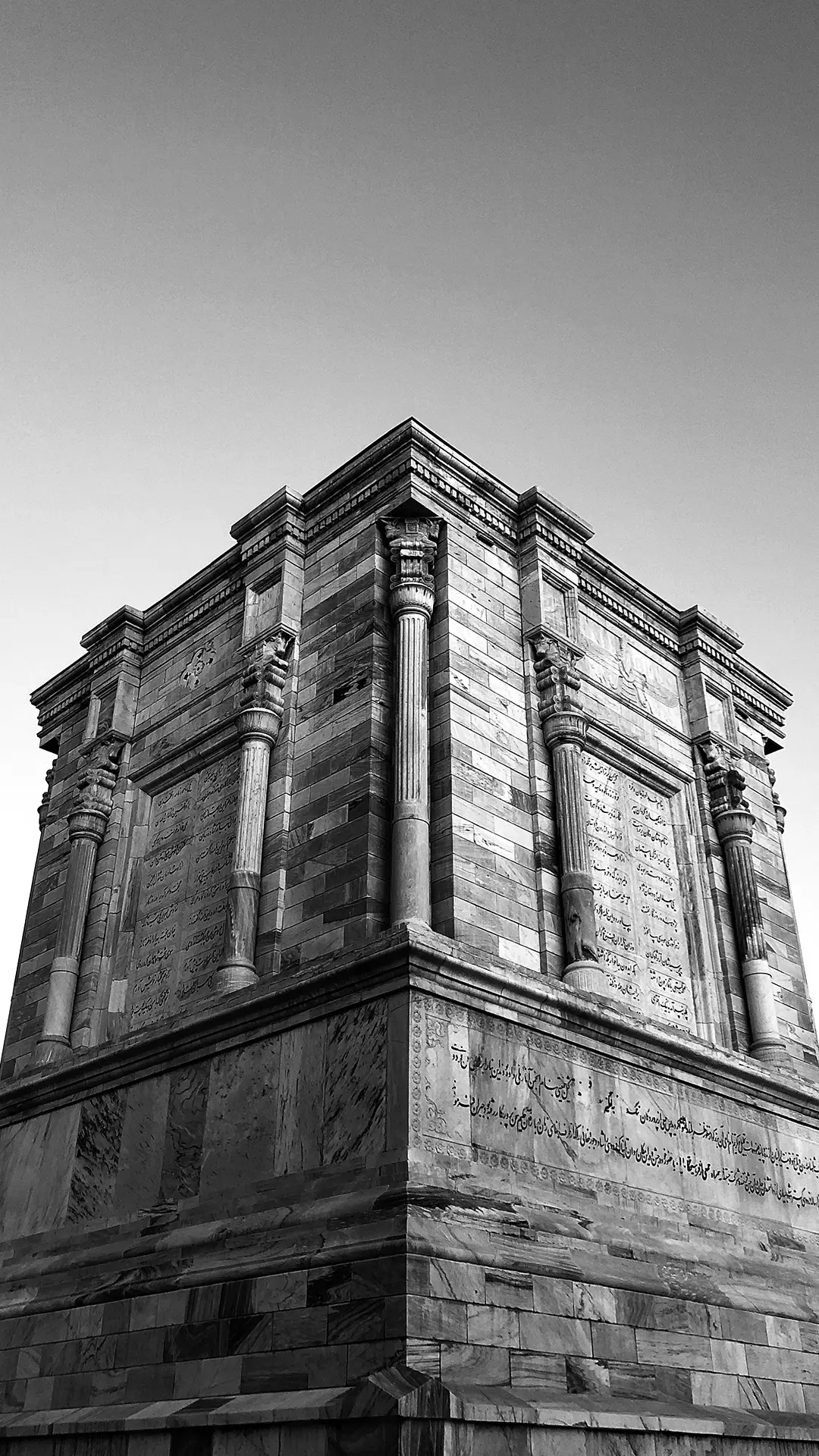
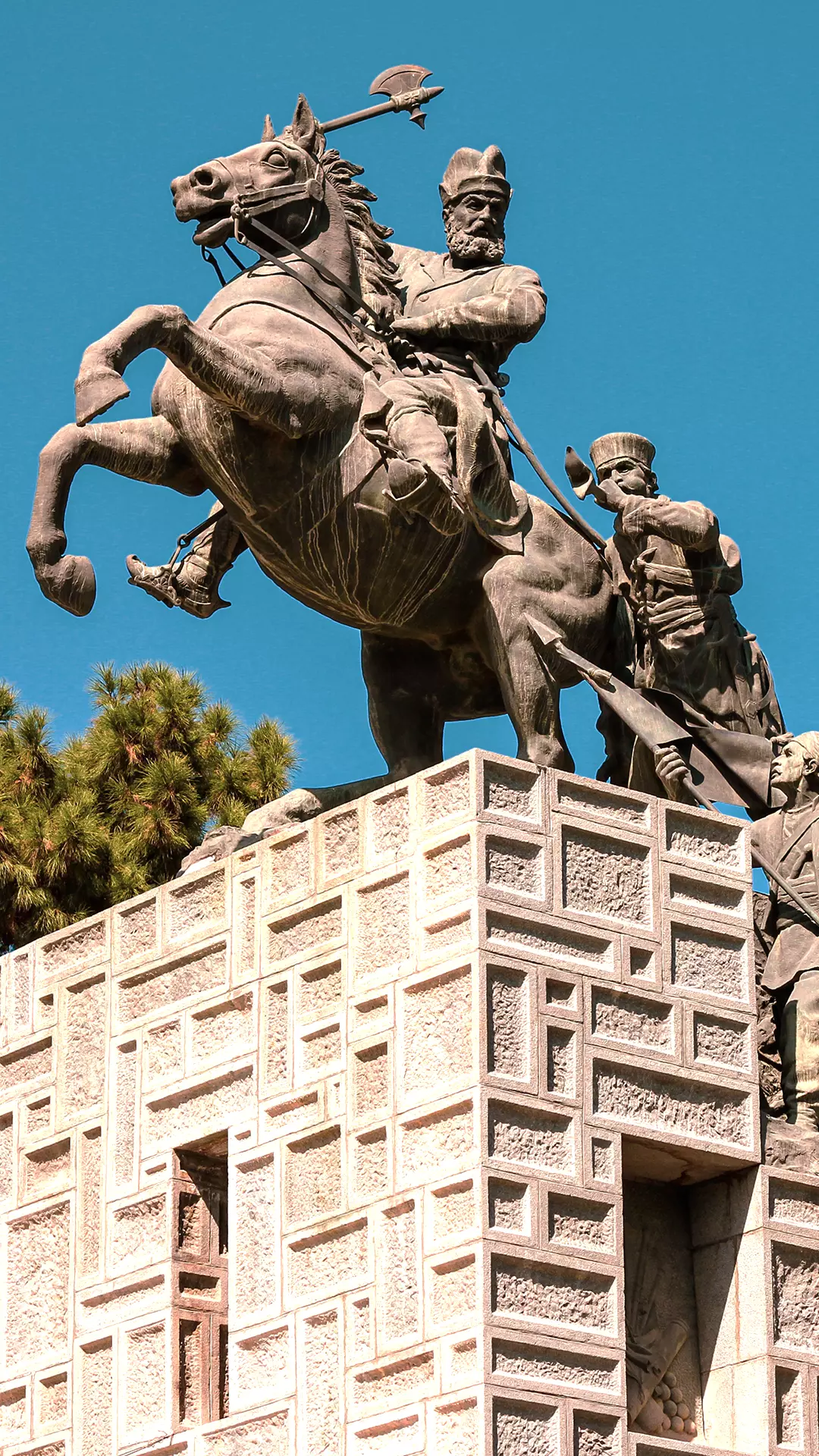
mashhad population
the population of Mashhad city, Iran, was estimated to be around 3 million people. However, please keep in mind that population figures can change over time due to factors such as natural population growth, migration, and other demographic factors. For the most current population data, I recommend referring to official sources like the Iranian government’s statistical agency or reputable international organizations.
mashhad airport
Mashhad International Airport, also known as Shahid Hashemi Nejad Airport, is the main airport serving the city of Mashhad, Iran. It is one of the busiest airports in the country and serves as an important transportation hub, especially for religious pilgrims visiting the Imam Reza Shrine. Here are some key details about Mashhad International Airport:
- Location: The airport is located approximately 24 kilometers (15 miles) northeast of the city center of Mashhad.
- Facilities: Mashhad city International Airport is a modern airport with facilities such as duty-free shops, restaurants, cafes, car rental services, currency exchange, and prayer rooms for travelers.
- Terminals: The airport has one passenger terminal that handles both domestic and international flights. The terminal is equipped to handle a large number of passengers and offers a comfortable travel experience.
- Airlines and Destinations: The airport serves numerous domestic and international airlines, connecting Mashhad to cities across Iran and various destinations in the Middle East, Asia, and Europe. Some of the airlines operating at Mashhad International Airport include Iran Air, Mahan Air, Qatar Airways, Turkish Airlines, and Emirates, among others.
- Hajj and Umrah Flights: Mashhad city International Airport sees increased traffic during the Hajj and Umrah seasons, as many pilgrims from Iran and other countries use the airport as a starting point for their journey to Saudi Arabia.
- Expansion: Given the airport’s significant role in religious tourism and its growing importance as an international gateway, there have been plans to expand and modernize the airport to accommodate the increasing number of passengers and flights.
Please note that airport information, including flight schedules and facilities, may change over time. For the most up-to-date details about Mashhad International Airport, it is advisable to check with official airport sources or airlines operating at the airport.
what is the old name of mashhad?
The old name of Mashhad city was Sanabad. During ancient times, the city was known by this name before it was later renamed to Mashhad, which means “place of martyrdom” in Arabic. The name change occurred after the eighth Shi’a Imam, Imam Ali al-Ridha, was martyred and buried in the city in the 9th century AD.
The site of his burial eventually became the Imam Reza Shrine, one of the holiest sites in Shia Islam and a major pilgrimage destination. Over time, the city became known by the name Mashhad, reflecting its new significance as a place of religious devotion and pilgrimage.
In this article, we tried to give you useful and comprehensive information about Mashhad city. Dear friends, you can contact us for more information through communication channels.
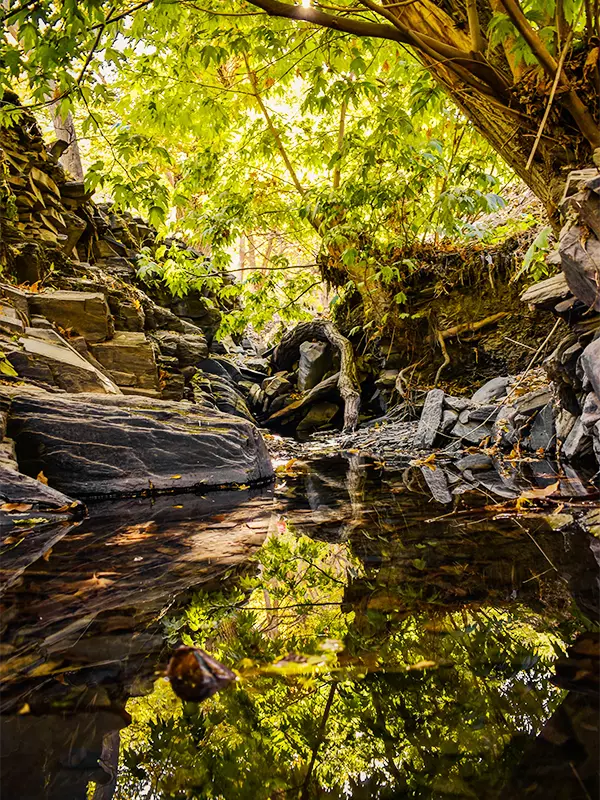
Torghabeh village
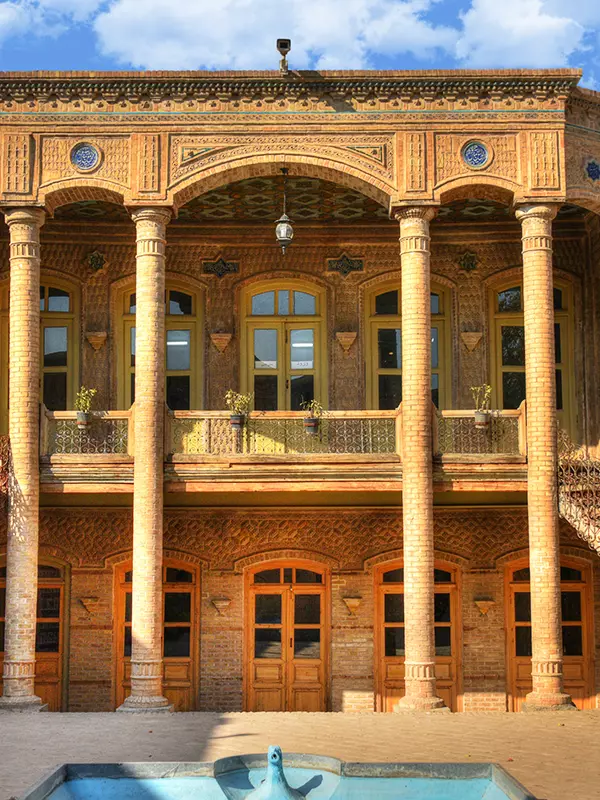
Daroogheh Historical House
